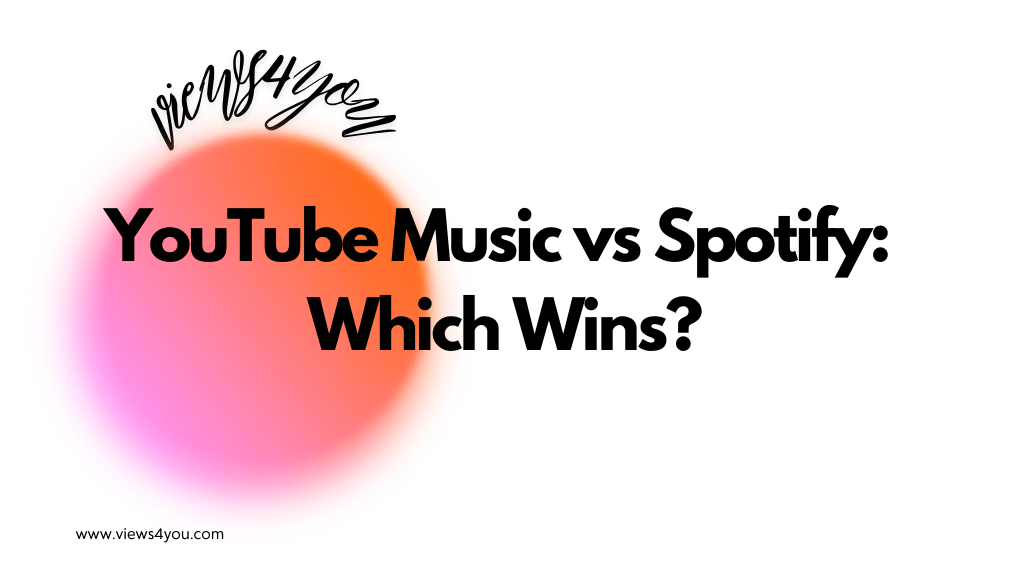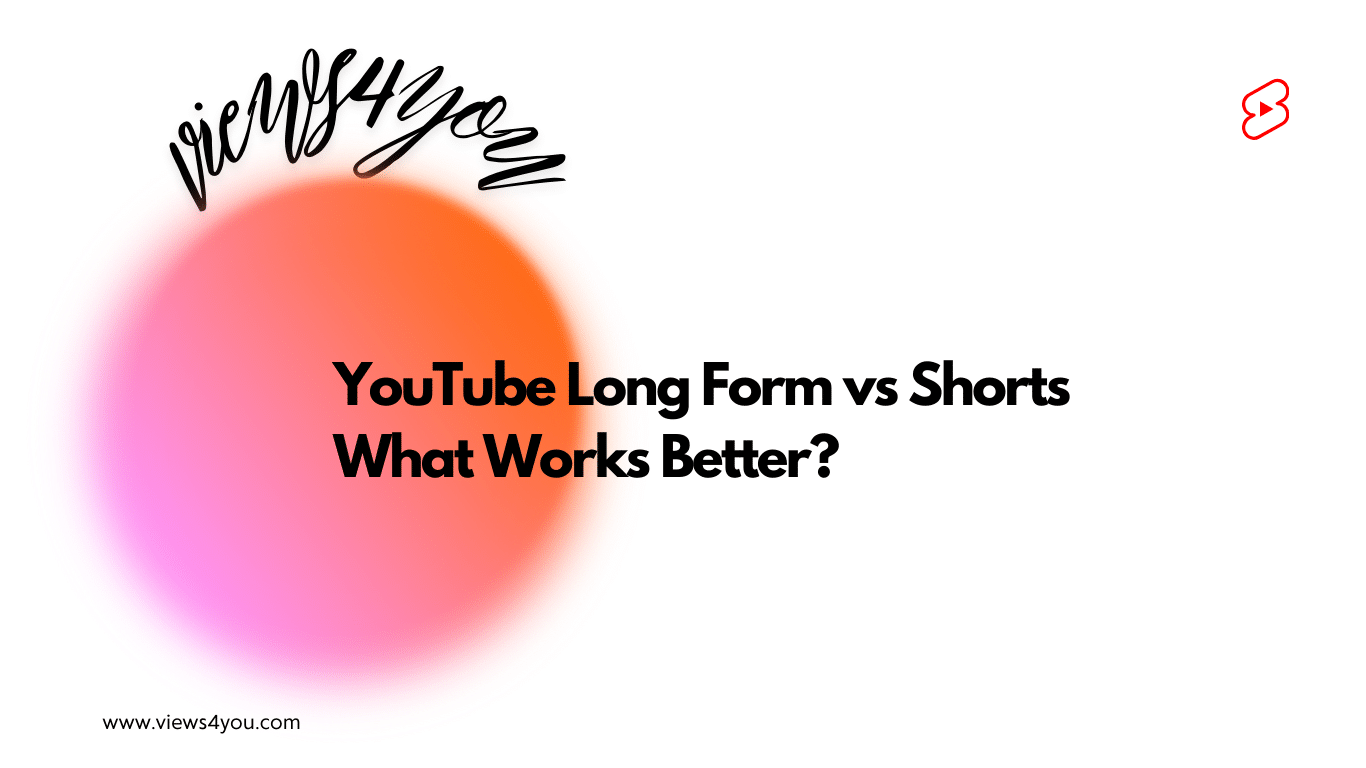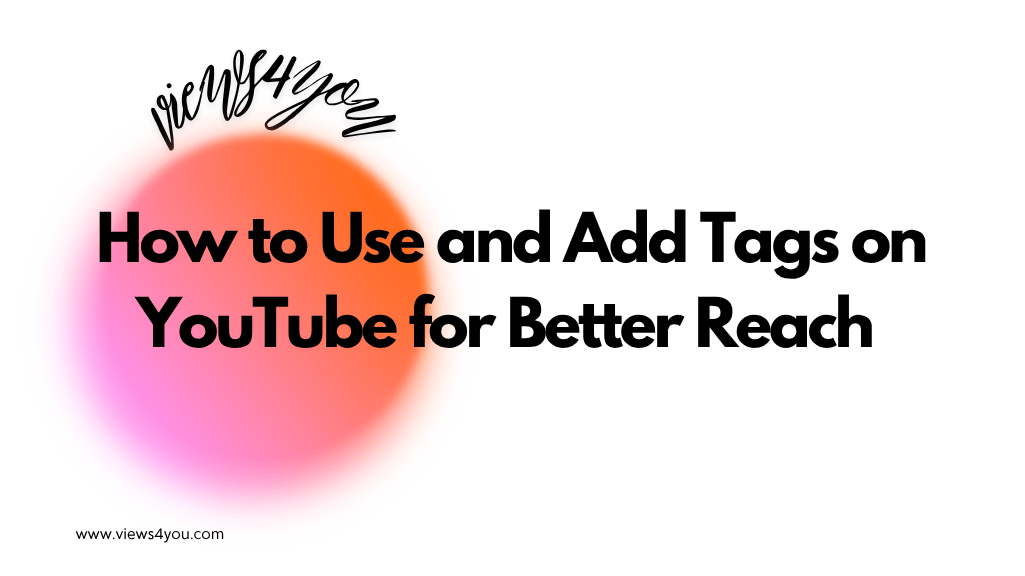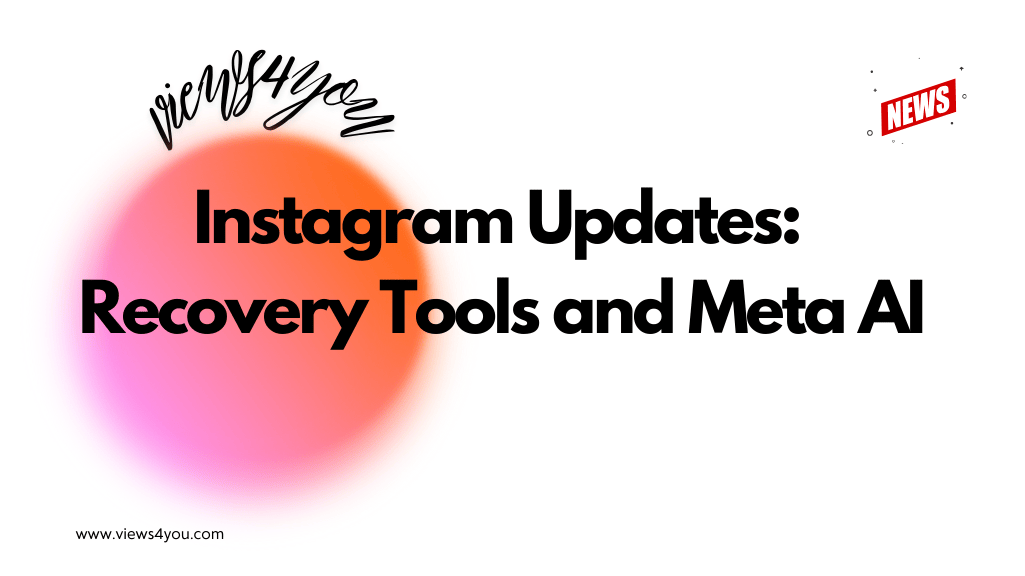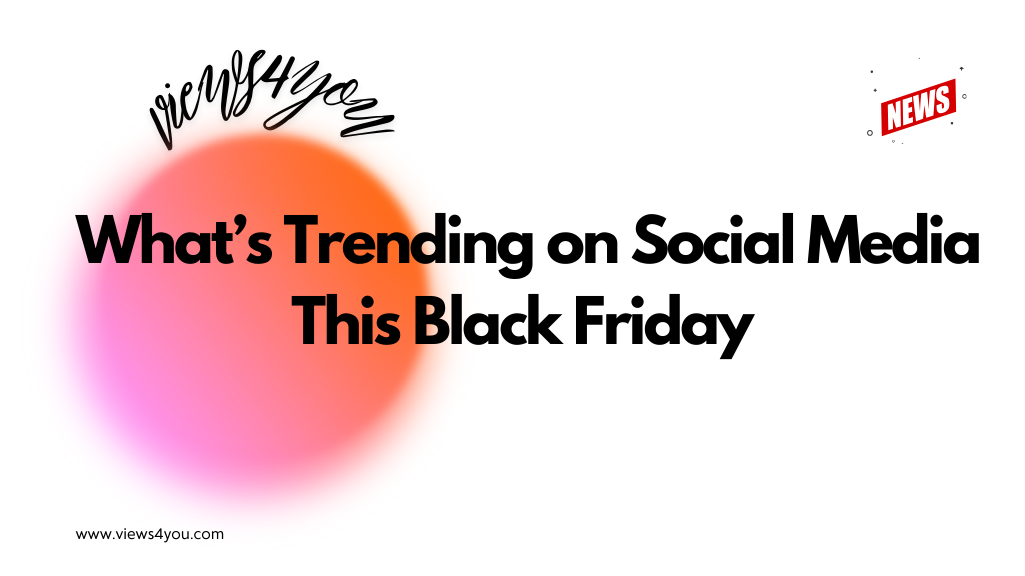YouTube Shorts can last anywhere from just a few seconds up to 3 minutes (180 seconds). While there’s no official minimum length, many creators keep videos between 15 and 60 seconds for better engagement. The 3-minute cap, introduced in late 2024, gives more room for tutorials, storytelling, and detailed content while still keeping the format short and swipe-friendly.
Short-form video has reshaped how we consume content online. Our attention spans are shorter, and we want entertainment that fits into quick breaks during the day. YouTube Shorts, much like TikTok and Instagram Reels, delivers exactly that. But if you’re a creator, one of the first questions you’ll face is simple: How long can YouTube Shorts be?
The answer matters because video length impacts not only how viewers engage but also how the algorithm recommends your content. Let’s dive into the latest updates, strategies, and tips you need to know in 2025.
What Is the Official Time Limit for YouTube Shorts?
As of late 2024, YouTube extended the maximum length of Shorts to 3 minutes (180 seconds). Before this change, Shorts were capped at 60 seconds, which often forced creators to compress their ideas. The new 3-minute allowance gives more flexibility without losing the short-form appeal.
One common misconception is that Shorts must be at least 15 seconds long. This is outdated. In reality, there is no official minimum duration. Shorts can be just a few seconds long. However, many creators stick to 15-second or 30-second clips because these are popular lengths for quick swipes and maximum retention.
So, here’s the current breakdown:
- Maximum length: 3 minutes (180 seconds)
- Minimum length: No official rule (a few seconds is fine)
Why Did YouTube Expand Shorts to 3 Minutes?
The decision to extend Shorts was influenced by both creators and audience behavior. YouTube noticed that while ultra-short videos drive quick engagement, some creators needed extra time for tutorials, reviews, or storytelling.
Think about niches like cooking, fitness, or education. Explaining a recipe or a workout in under 60 seconds was possible but often felt rushed. Now, with up to 3 minutes, creators can include clearer steps without forcing viewers to jump to another video for details.
At the same time, the 3-minute cap is short enough to maintain the addictive, swipe-friendly style of Shorts. This balance is what makes the format so powerful.
What Length Works Best for Different Types of Content?
While the maximum is 180 seconds, you don’t always need to use it. The “ideal” length depends on your niche and audience:
- Comedy, reactions, or memes: 10–30 seconds is usually enough to land the punchline.
- Tutorials, reviews, or step-by-step guides: 60–150 seconds works better because viewers expect clarity.
- Storytelling or mini-vlogs: Closer to 180 seconds, especially if you want to create an emotional connection.
Tip: Look at your audience retention analytics in YouTube Studio. If viewers consistently drop off at 20 seconds, keep your Shorts around that length. If they watch until the end of a 90-second clip, you can experiment with longer formats.
The Power of Short-Form Content Across Platforms
YouTube Shorts is part of a global trend. TikTok and Instagram Reels proved that people love quick content bursts. But Shorts has a unique advantage: it’s backed by YouTube’s massive ecosystem. That means your short videos can appear alongside long-form videos, in search results, and even in Google search snippets.
For creators, this is huge. Shorts not only attract casual scrollers but can also drive traffic to your longer videos and build loyal subscribers. Unlike TikTok, where the focus is mostly on short clips, YouTube lets you create a complete funnel—from Shorts that grab attention to long videos that deepen engagement.
Why Length Matters for the Algorithm
YouTube’s recommendation system looks closely at watch time and completion rates. This means a 20-second Short that people watch fully may perform better than a 3-minute Short with only 20% completion.
That’s why you should design your Shorts with a strong hook in the first 3 seconds. Whether you’re showing the “after” result of a recipe or teasing the punchline of a joke, capturing attention immediately is non-negotiable.
If you choose to create longer Shorts, keep them dynamic. Break up the pacing with cuts, captions, and music to avoid viewer drop-offs.
The Business Case: Why Creators Should Make Shorts
Shorts are not just about entertainment—they’re a growth engine. By uploading Shorts, you can:
- Reach wider audiences: YouTube pushes Shorts heavily in recommendations.
- Grow subscribers faster: Quick, engaging content often converts casual viewers into channel followers.
- Earn money: Shorts are eligible for the YouTube Partner Program, meaning ad revenue can flow in once you meet the criteria.
- Test content ideas: Shorts let you experiment with trends or formats before investing time in a full-length video.
For example, many fitness creators post 30-second workout tips as Shorts. If one explodes, they expand it into a full 10-minute video. This strategy allows them to validate ideas quickly while building a steady stream of views.
Best Practices for Timing Your Shorts
To maximize results, here are a few guidelines you can follow:
- Keep it audience-first: Don’t stretch a 20-second idea into 3 minutes. Respect attention spans.
- Experiment with lengths: Try 15s, 30s, and 90s to see what resonates.
- Use captions and music: These keep people watching longer, especially in silent viewing mode.
- End with a CTA: A call-to-action like “subscribe for more” works best if it feels natural and comes after value has been delivered.
FAQs
Can YouTube Shorts Be Shorter than 15 Seconds?
Yes. Shorts can technically be just a few seconds long. The “15-second minimum” is a myth based on older defaults.
What’s the current maximum length for YouTube Shorts?
3 minutes (180 seconds). This update rolled out in late 2024.
Which types of Shorts get the most views?
Trending niches include DIY, cooking, beauty, fitness, education, and product reviews. Viral content often combines value with entertainment.
Why does YouTube limit Shorts to 3 minutes?
To maintain the identity of Shorts as short-form content. Anything longer would compete with standard YouTube videos and dilute the format’s addictive style.
Are longer Shorts always better?
Not necessarily. Success depends on watch-through rate. A 20-second video watched 100% can perform better than a 3-minute video with 20% retention.


